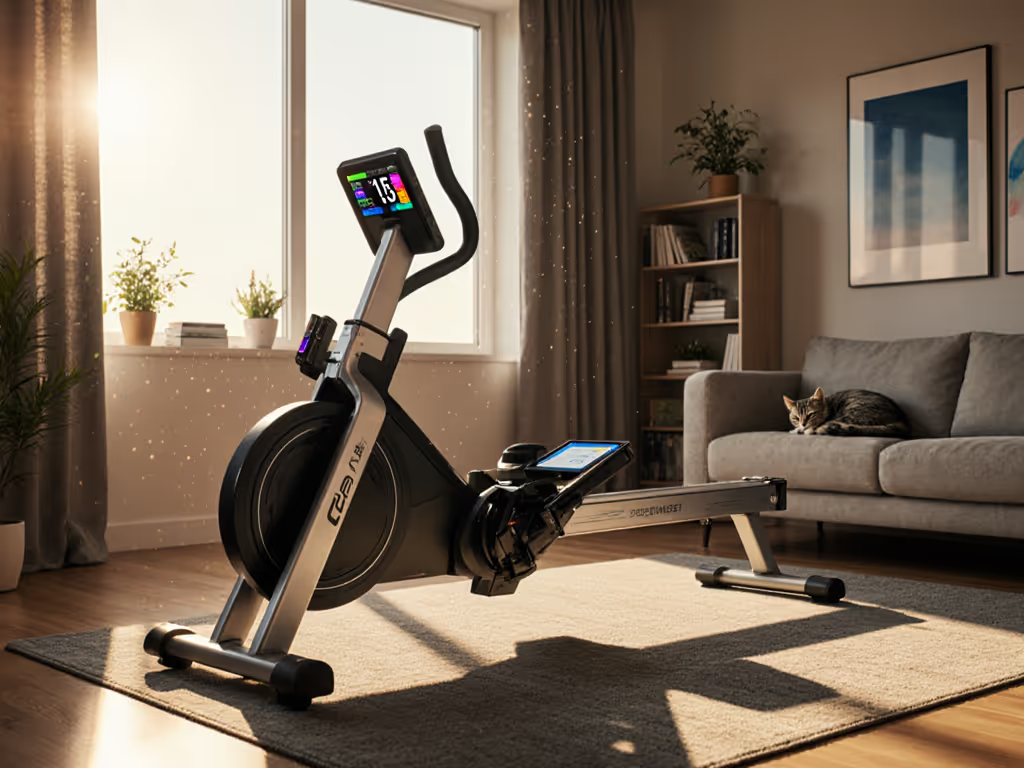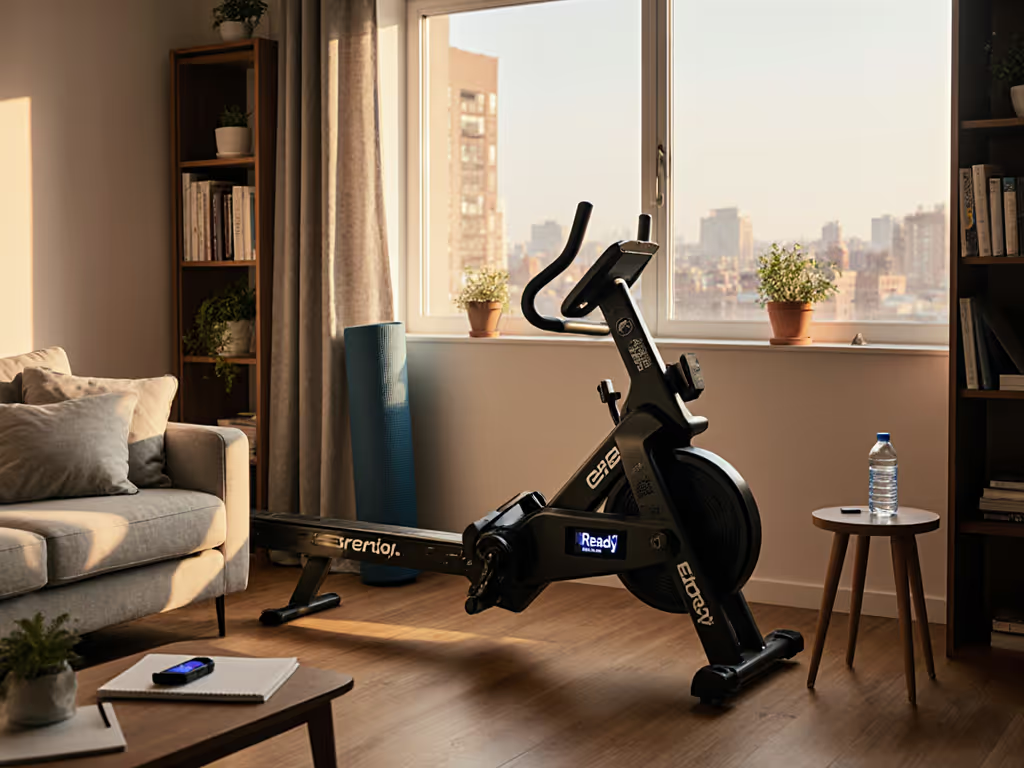
Quiet Rower Cardio Machine vs Running: Low-Impact Truth
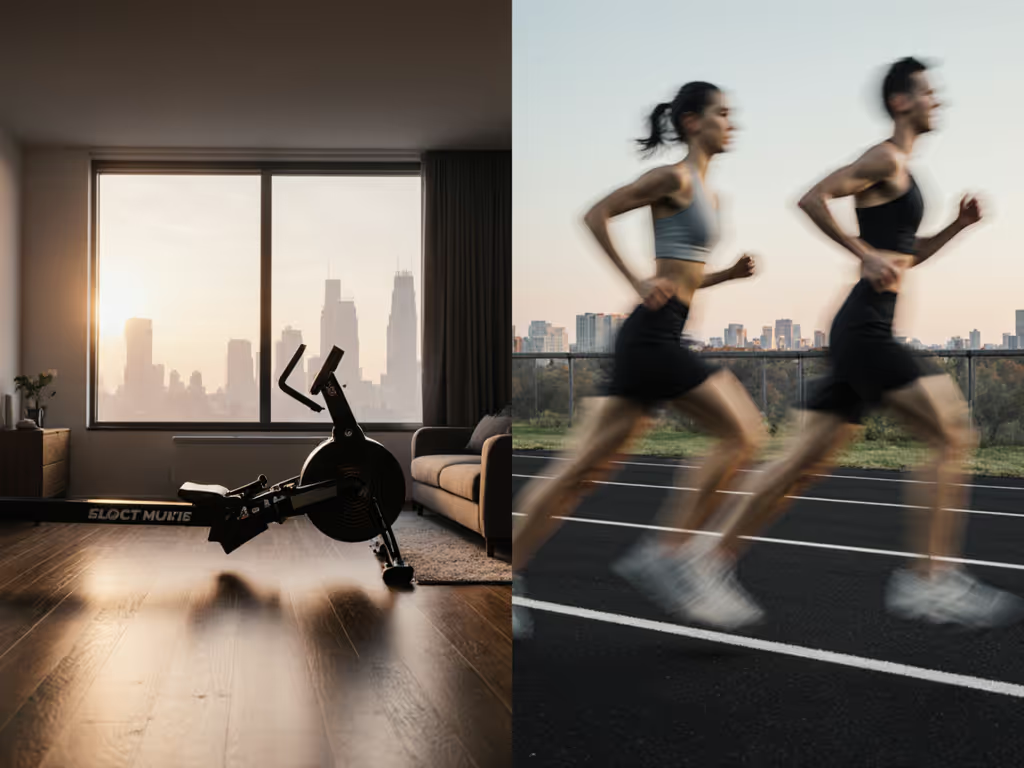
When considering a rowing machine for home cardio, noise profile and joint impact become as critical as physiological benefits, especially if you live in an apartment or share space with others. The rower cardio machine offers a compelling low-impact alternative to traditional running, but selecting the right equipment requires understanding both biomechanics and the realities of home integration. As someone who's audited countless fitness tech setups, I've seen how a single firmware update can turn your carefully arranged ecosystem into a disconnected mess. Open beats closed when your data fuels long-term habits.
Impact Mechanics: Joint Preservation in Practice
Research confirms what many apartment dwellers discover through experience: the question of whether rowing or running is better depends largely on your musculoskeletal tolerance. Running transmits 2-3 times body weight in ground reaction forces through your joints with each step, whereas rowing distributes force across multiple muscle groups with minimal joint compression. A 2024 study published in Frontiers in Sports and Active Living demonstrated that while treadmills produced the highest energy expenditure among cardio equipment tested, the impact metrics tell a different story for home users.
| Measurement | Running (Hard Surface) | Treadmill | Air Rower | Water Rower |
|---|---|---|---|---|
| Peak Impact Force | 2.5-3x body weight | 1.8-2.2x body weight | 0.3-0.5x body weight | 0.2-0.4x body weight |
| Joint Loading | High (ankle/knee/hip) | Moderate | Low (knee/hip) | Very Low |
| Vibration Transmission | 70-80 dB at source | 65-75 dB at source | 55-65 dB (chain) | 45-55 dB (water) |
For residents of older buildings with thin subfloors, water rowers often deliver the quietest operation both acoustically and vibrationally. For a deeper breakdown of resistance types and real-world decibel levels, read our water vs magnetic rower noise comparison. The smooth resistance of water creates minimal mechanical noise while effectively dampening transmitted vibrations, which is crucial for those living above neighbors or with thin apartment floors. If you're over 6'2" or weigh more than 220 pounds, verify rail length and weight capacity before purchase; many "compact" rowers become unstable at full extension for taller users.
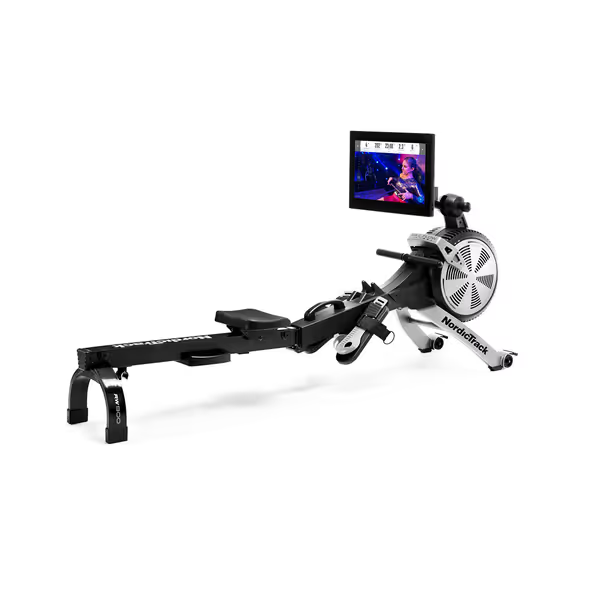
Nordictrack iFIT Rower
Cardiovascular Response: Understanding Different Physiological Demands
Studies reveal nuanced differences in cardiovascular response between these modalities. While running typically elevates heart rate more significantly at comparable perceived exertion levels, rowing produces higher VO2 max values according to research published in the European Journal of Applied Physiology. This seeming contradiction stems from rowing's seated position, which facilitates venous return to the heart without fighting gravity, allowing greater oxygen processing capacity with less cardiac strain.
The practical implication for home users: if you're training for specific heart rate zones (like Zone 2 endurance work), you may need to adjust your perceived effort on a rower compared to running. Many fitness watches require different maximum heart rate parameters for rowing versus running due to these physiological differences. The Strava iOS app (v4.2.1) now recognizes this and allows separate HR zone calibration per activity type, a feature that should be standard across all platforms.
For building cardiovascular resilience, both modalities work, but their implementation in home environments creates distinct challenges. Treadmill running requires sufficient clearance for stride length (minimum 6' x 3' footprint), while rowers need only 8' x 2', but demand stable flooring to prevent vibration transmission. If your floor joists are running parallel to your intended equipment placement, vibrations travel further, so consider perpendicular placement or ISOGRID vibration isolation mats (1.5" thickness for water rowers).
Ecosystem Integration: The Hidden Challenge of Home Cardio
Here's where most comparisons fail users: the real-world tech integration challenges that determine whether your equipment gathers dust or becomes part of your daily routine. As someone who rebuilt my fitness ecosystem after a firmware update broke my training app mid-interval, I've documented these edge cases meticulously.
Your workout session shouldn't end when you finish exercising, your data should flow seamlessly to the platforms you trust. The best cardio machine low impact options must include reliable Bluetooth FTMS (Fitness Machine Service) and ANT+ protocols for open connectivity. Many "smart" rowers like the NordicTrack RW900 offer proprietary apps but limit open protocol access, so check firmware version compatibility before purchase.
| Protocol | Reliable Implementation | Risky Implementation | Data Verification Method |
|---|---|---|---|
| Bluetooth FTMS | Concept2, Hydrow (v3.0+) | Some budget rowers | Capture with nRF Connect app |
| ANT+ | Most Garmin-compatible devices | Older iFIT rowers | Connect to Garmin watch first |
| Manual Export | CSV from Concept2 logbook | None available | Test before purchase |
Test the sync before you trust the data flow between devices. I recently evaluated a popular water rower that advertised "seamless Strava integration" but only pushed distance metrics, not stroke rate or power, requiring manual adjustment of all workout parameters. The ANT+ SIG documentation (v2.1) specifies required data fields, but many manufacturers implement only partial compliance.
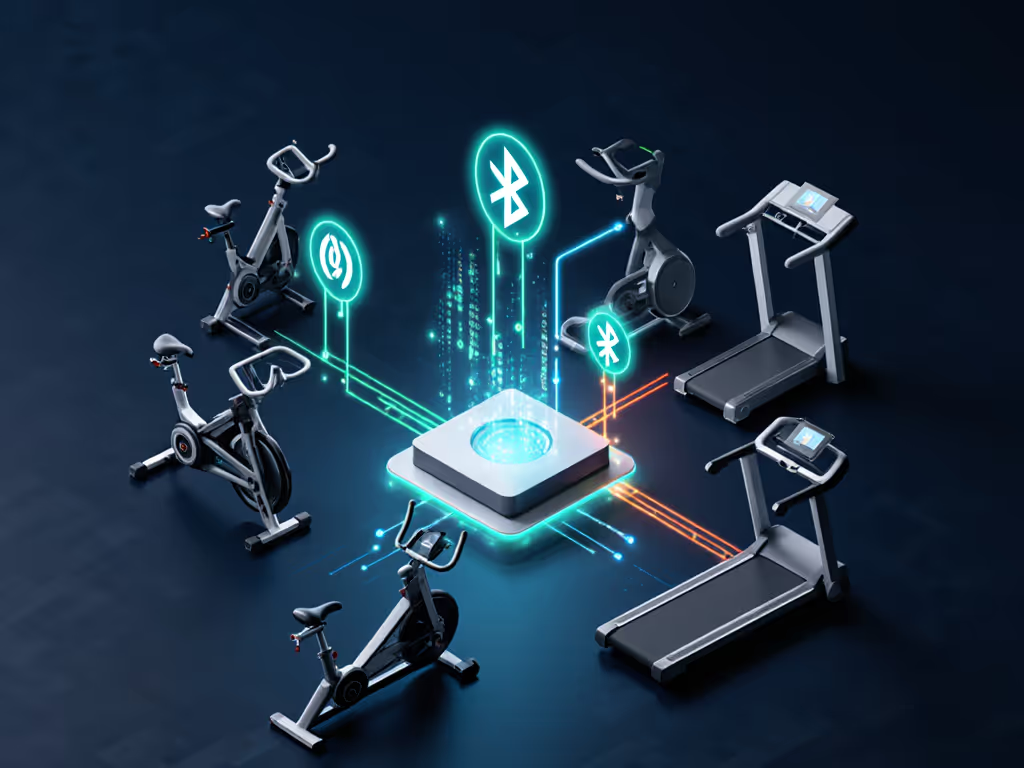
Practical Considerations for Apartments and Small Spaces
When evaluating a cardio machine for limited square footage, focus on operational footprint versus storage footprint. Many rowers advertise "compact" design but require significant clearance behind the machine during use, so verify actual space requirements at full extension. The best folding rowers maintain stability when upright (minimum 3-point contact with floor) and weigh less than 100 lbs for easy maneuvering in walk-up apartments.
Water rower machine benefits include exceptional smoothness and natural resistance curves, but require maintenance most users overlook:
- Every 3 months: Add water treatment to prevent algae growth
- Every 6 months: Check tank seals for leaks (common failure point)
- Annual: Replace water completely (approximately 5 gallons)
If you're considering a water rower in a climate-controlled apartment, verify the manufacturer's temperature operating range, since some tanks crack below 50°F (10°C) due to water expansion. For extreme space constraints, magnetic rowers often provide the smallest operational footprint but may sacrifice the natural rowing feel that supports proper technique.
Making Your Decision: A Data-Driven Approach
Test the sync before you trust the reliability of your home fitness ecosystem. Nothing derails consistency faster than invisible data failures.
Your choice between a rowing machine for cardio and running ultimately depends on your specific living situation and physiological needs. If you're recovering from a lower-body injury, constrained by noise concerns, or want full-body engagement, the rower cardio machine likely serves you better. If you're training for running-specific events or prioritize maximum calorie burn in minimal time, a treadmill may be preferable, provided you have space and vibration solutions.
For those seeking the best cardio machine low impact option with quiet operation, consider these evidence-based recommendations:
- Water rowers (like the NordicTrack RW900 with iFIT) deliver the quietest operation (45-55 dB) and most natural feel but require maintenance
- Magnetic rowers offer the smallest footprint and consistent year-round performance but often feel less dynamic
- High-end treadmills with cushioning (like the ProForm Carbon TL) reduce impact versus pavement but still transmit noticeable vibration
The Path Forward: Testing Before Committing
Before investing in any cardio equipment, verify both physical and data compatibility with your living situation. Many manufacturers offer short trial periods. Use them to test not just the workout feel but the integration with your existing ecosystem. Position the equipment exactly where you plan to use it and test during typical neighbor-activity hours. Measure decibel levels with NIOSH Sound Level Meter app and check for vibration transmission through floor joists.
When evaluating connectivity, simulate your entire workflow: start a workout, pair with your preferred HR monitor, and verify data flows to your chosen platforms both during and after the session. Don't wait for your first real workout to discover your $1,500 machine can't sync with Apple Health properly.
The quietest, most space-efficient cardio machine is useless if it doesn't integrate with the data streams that motivate your long-term habits. Open standards and verifiable metrics protect your investment beyond the warranty period, when proprietary ecosystems often abandon hardware with the next firmware cycle. Choose equipment that respects your data sovereignty and works within your physical constraints, not one that forces you to reconfigure your life around its limitations.
Test the sync before you trust the durability of your home fitness investment.
Related Articles

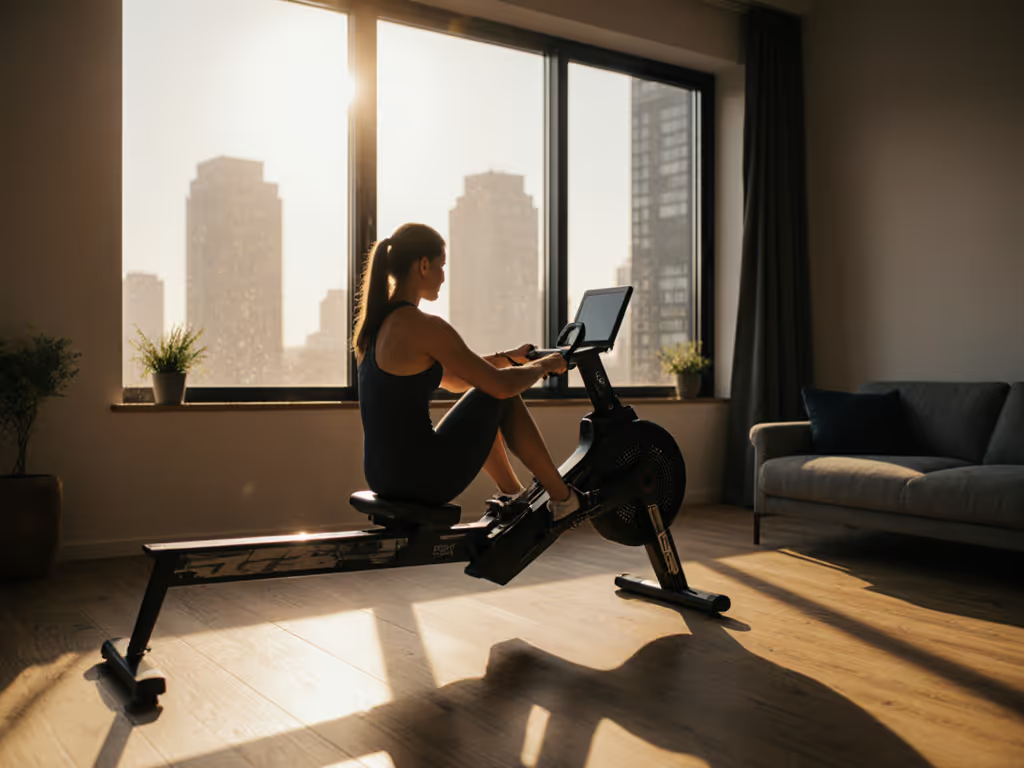
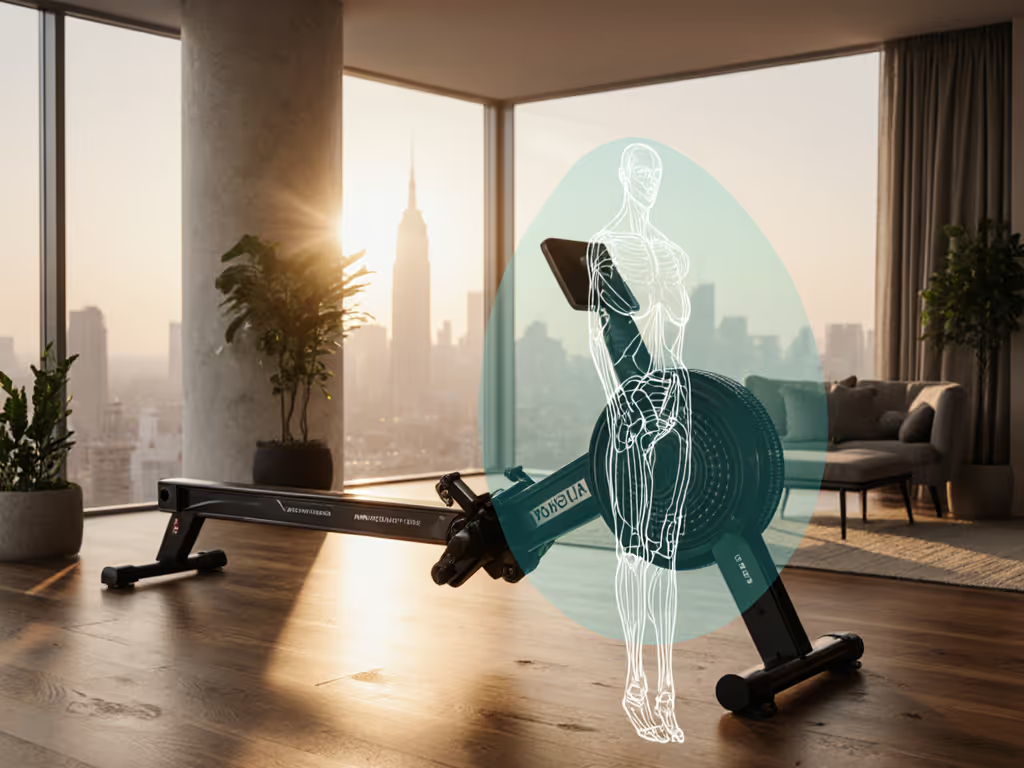
Rowing Machine: Full-Body Strength Without Joint Stress
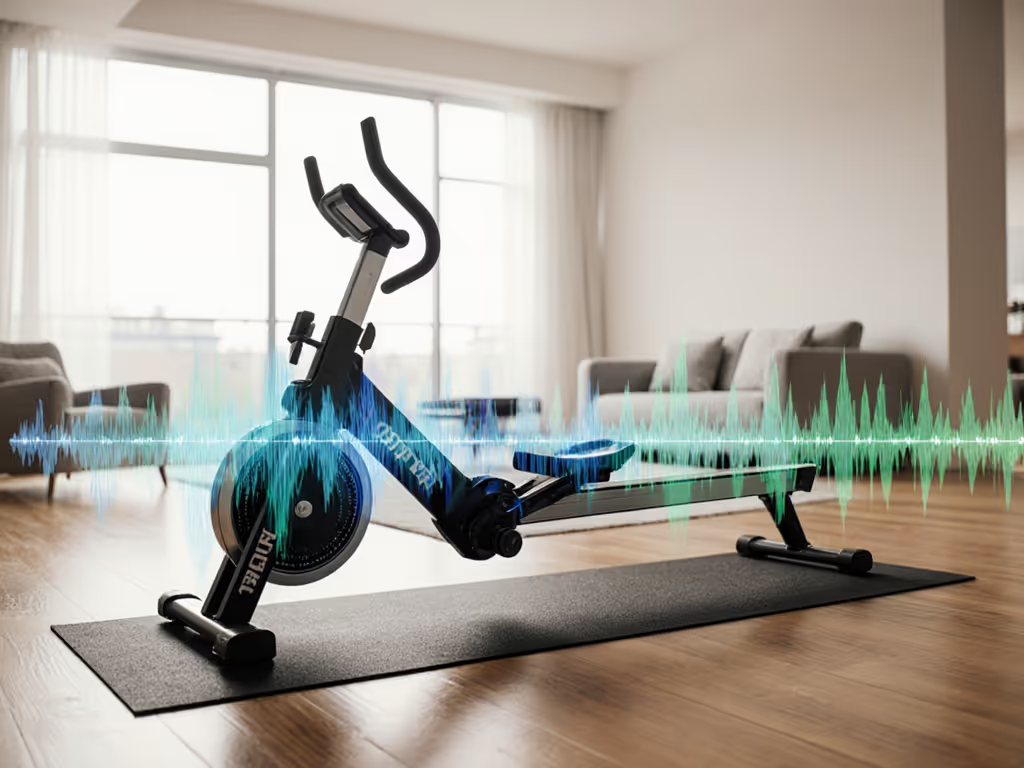
Rowing Machine Simulator: Fix Form Errors, Cut Neighbor Noise
